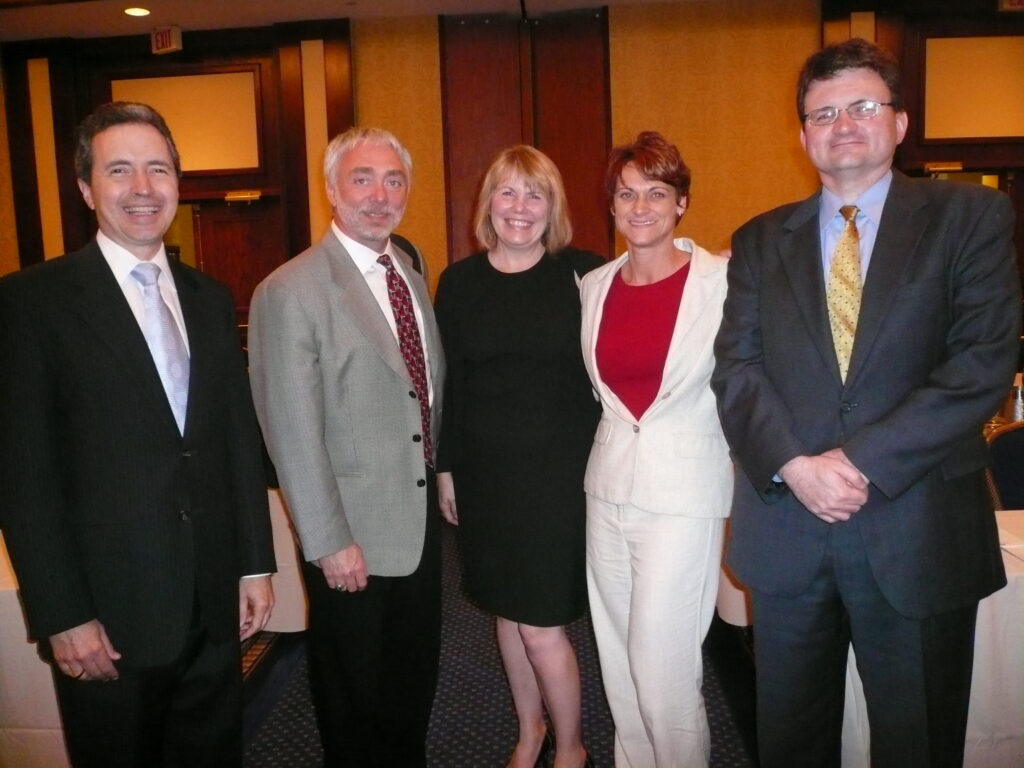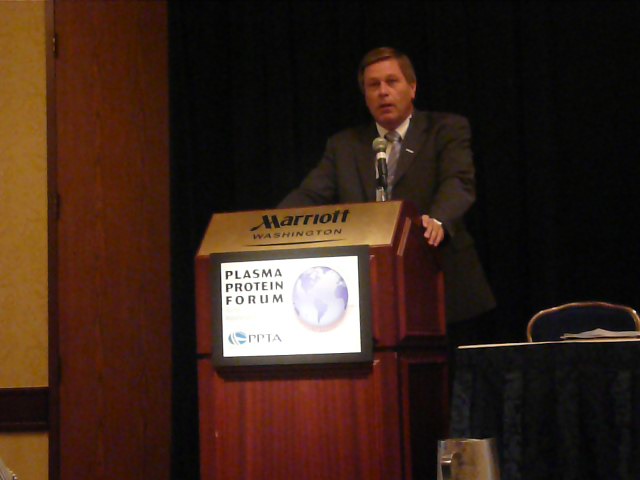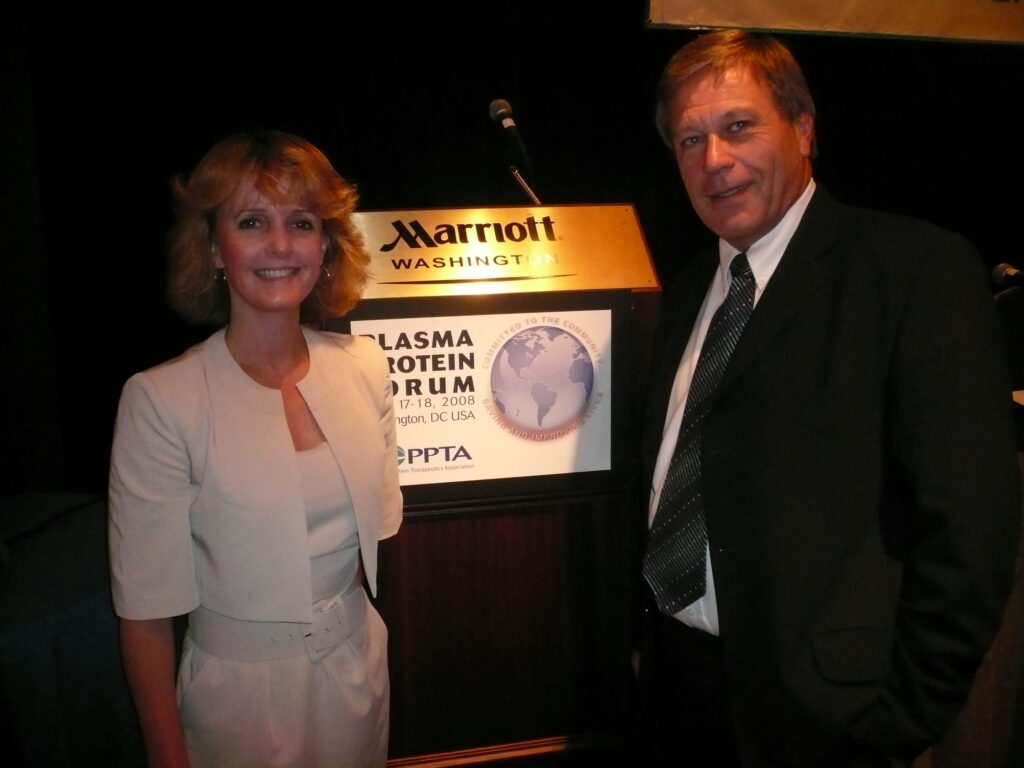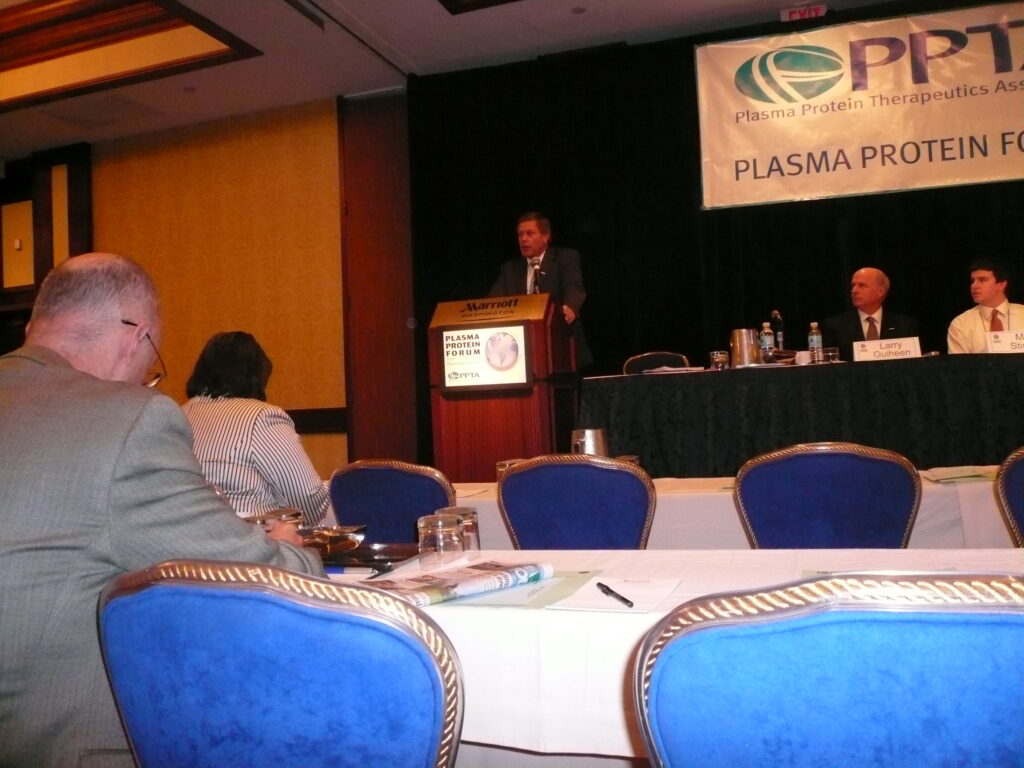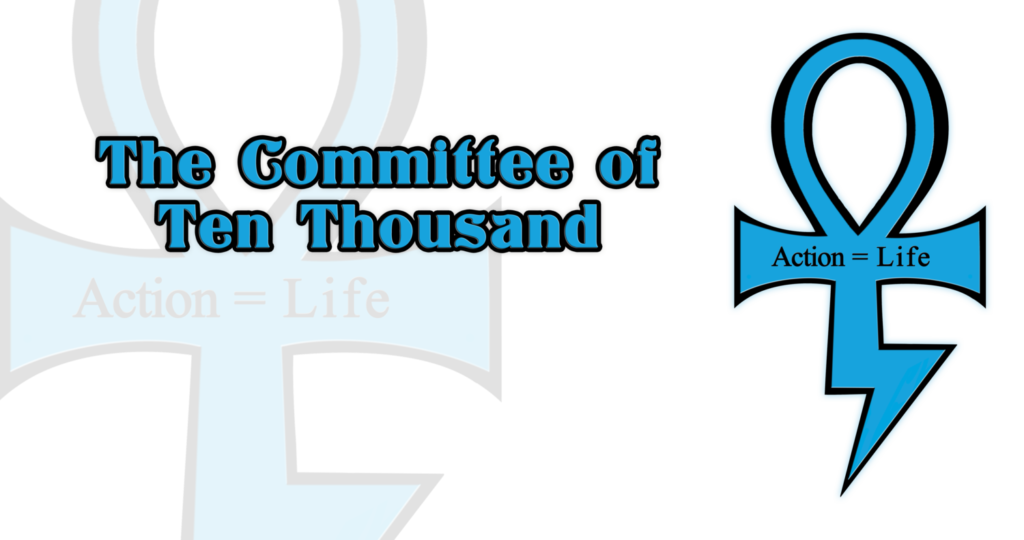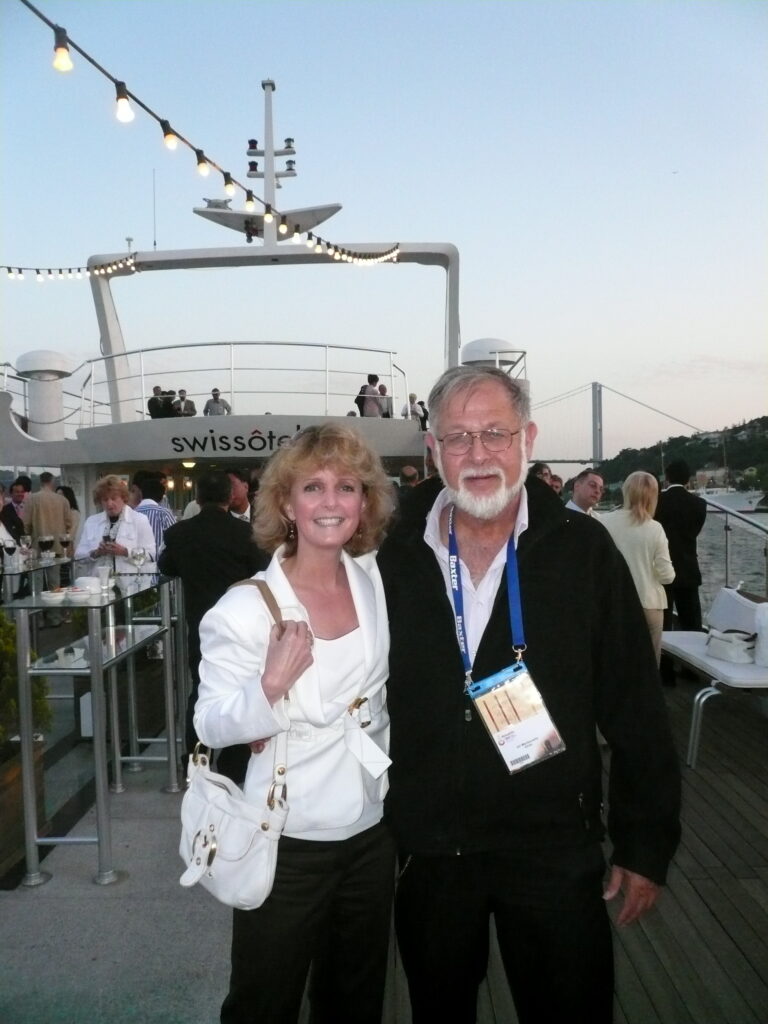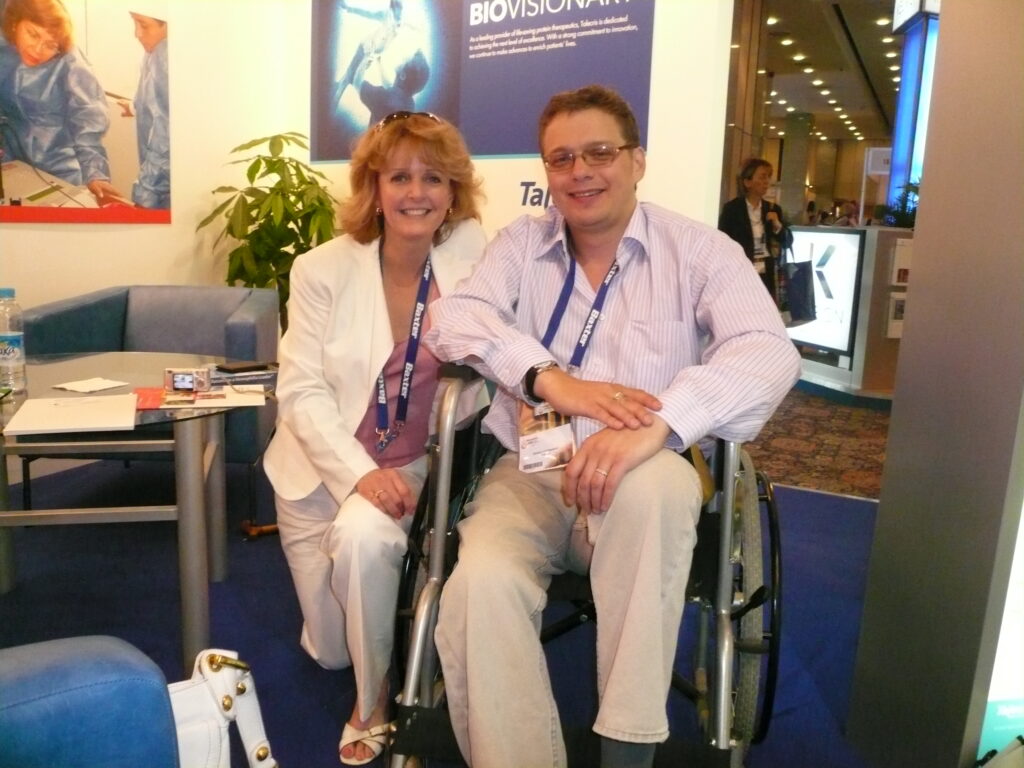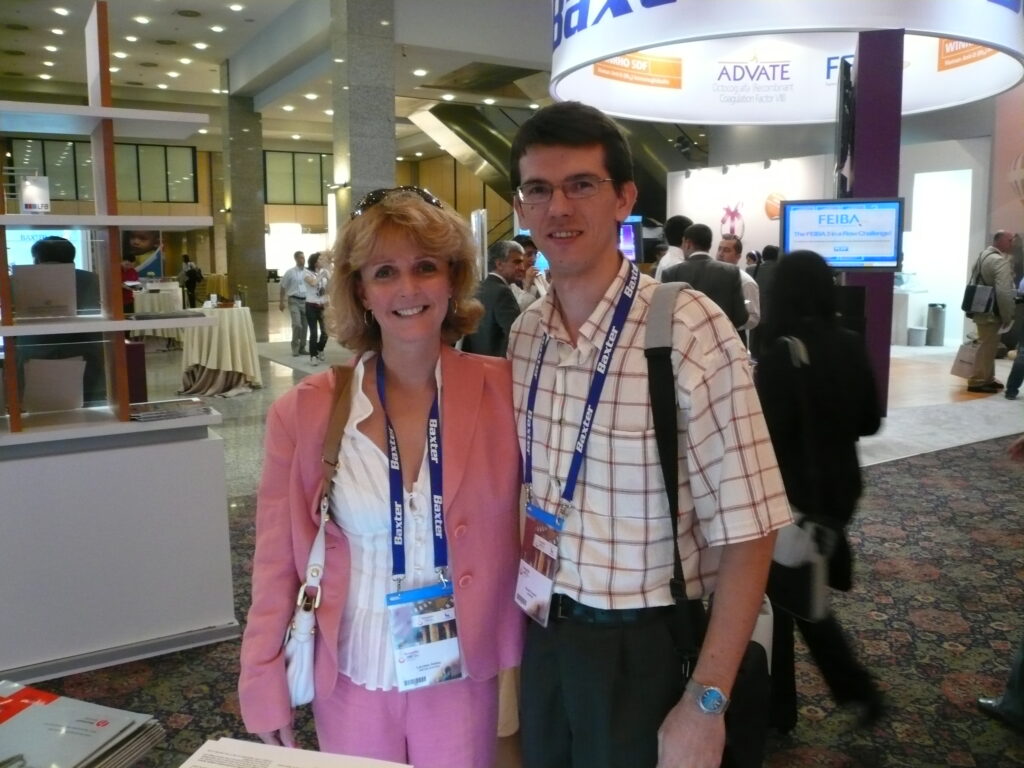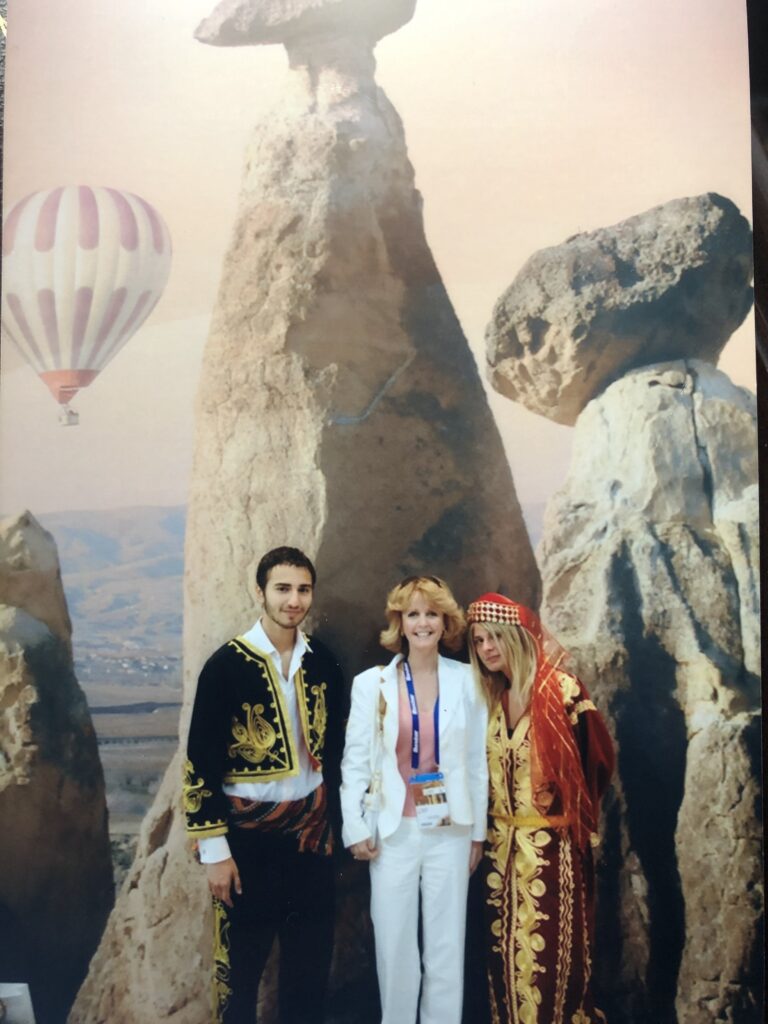We’ve Moving!
Short blog tonight; tomorrow is moving day. We are just moving locally, to a new office space to keep costs down on escalating rents. We’ve found a larger space in the CVS building in Georgetown, where we will be surrounded by professionals and nicer surroundings. All other contact information will stay the same: only our street address has changed to 65 Central Street.
I am putting together PEN this week and discovered a wonderful monthly newsletter that I think everyone should get and read: the COTT Washington Update. This is a document that speaks to me intelligently, about things that I don’t necessarily write about, so it makes for a nice compliment to our reading. You can check it out at www.cott1.org.
Our systems may be down for a day or two, but we will try to get back up and running as soon as possible; thanks for your patience!
Great Book I Read: Man’s Search for Meaning by Viktor Frankl. 
This is one of those books you read and never forget. It is cited by many leaders, authors, therapists and life coaches. Frankl was a young psychiatrist when captured by the Nazis and sent to a concentration camp. The first half of the book describes life in the camp, and how differently people learned to cope with the unforgiving environment. He learns invaluable lessons amidst the pain and suffering and writes,
“The experiences of camp life show that man does have a choice of action. We who lived in concentration camps can remember the men who walked through the huts comforting others, giving away their last piece of bread. They may have been few in number, but they offer sufficient proof that everything can be taken from a man but one thing: the last of the human freedoms–to choose one’s attitude in any given set of circumstances, to choose one’s own way.”
Frankl’s ideas were also rooted in the beliefs of the ancient Stoics and as well as modern day existentialists. His basic tenet is that anyone can, even under such horrific circumstances, decide what he will think and feel, mentally and spiritually, and how he will behave. Attitude is choice, and our attitudes can help us survive, or die. He chose to give meaning to his suffering; his young bride died at the camp, and though devastated, but he did not let this loss consume him. It is up to us to give meaning to our lives, including our suffering. Frankl went on to found a new school of psychology called logotherapy. This is focused more on the present and future, rather than on the past. It recognizes that bad things happen, and then, helps patients find meaning in the pain to live more full lives. If you’ve read about the Elizabeth Smart case in People magazine last week, you’ll know exactly what Frankl is talking about. Read Man’s Search for Meaning. It gives hope that you can cope with just about anything and come out stronger. Four stars.



